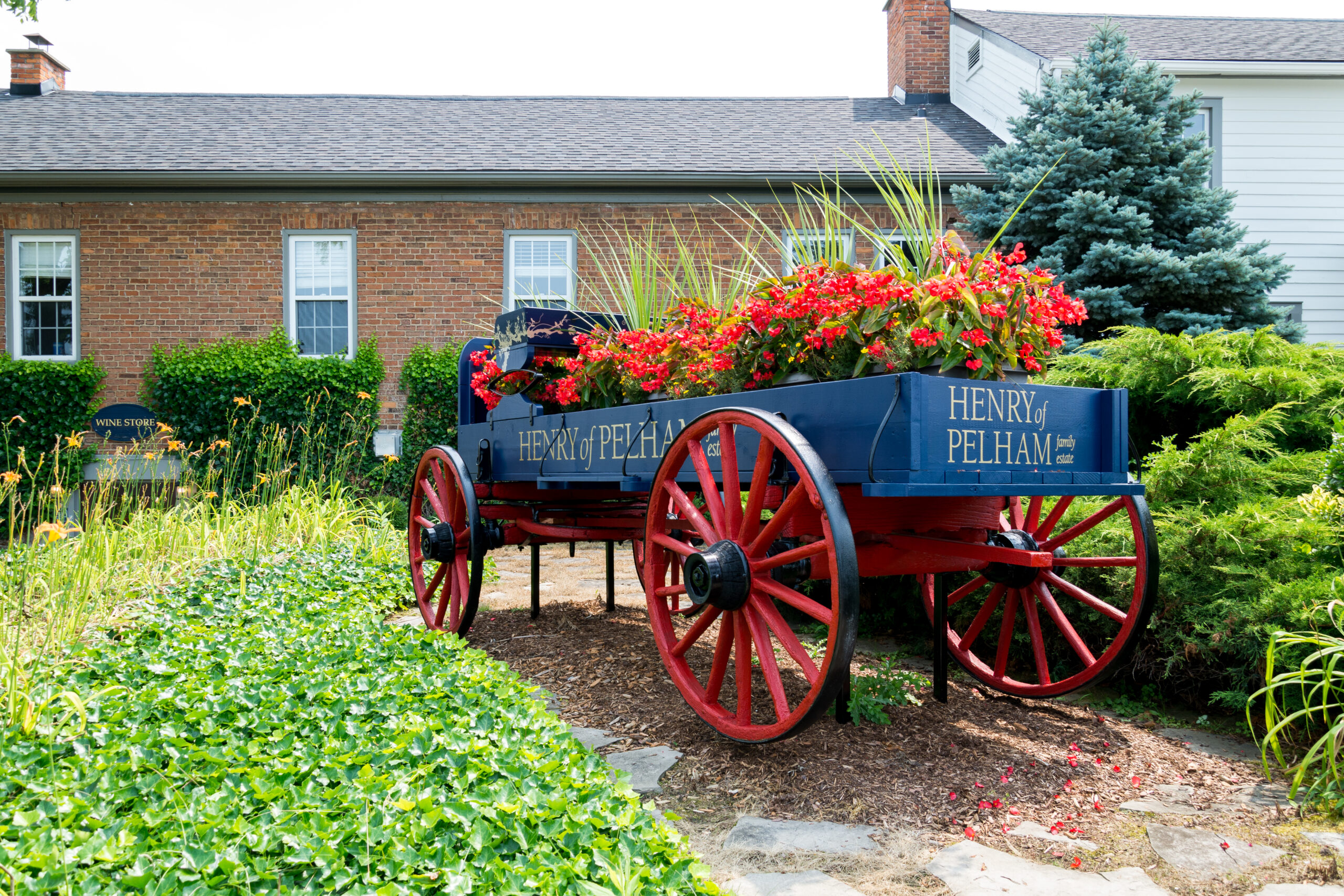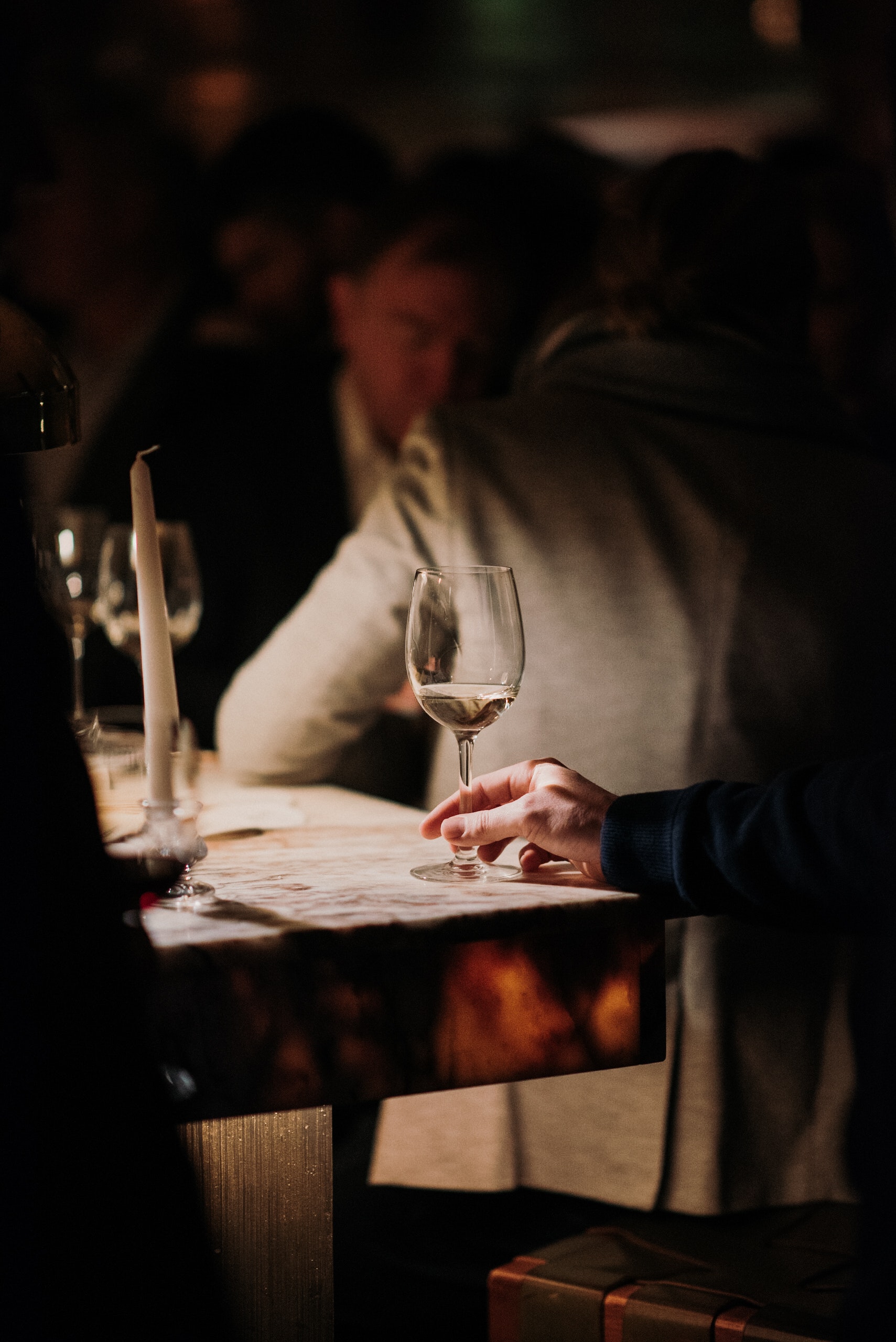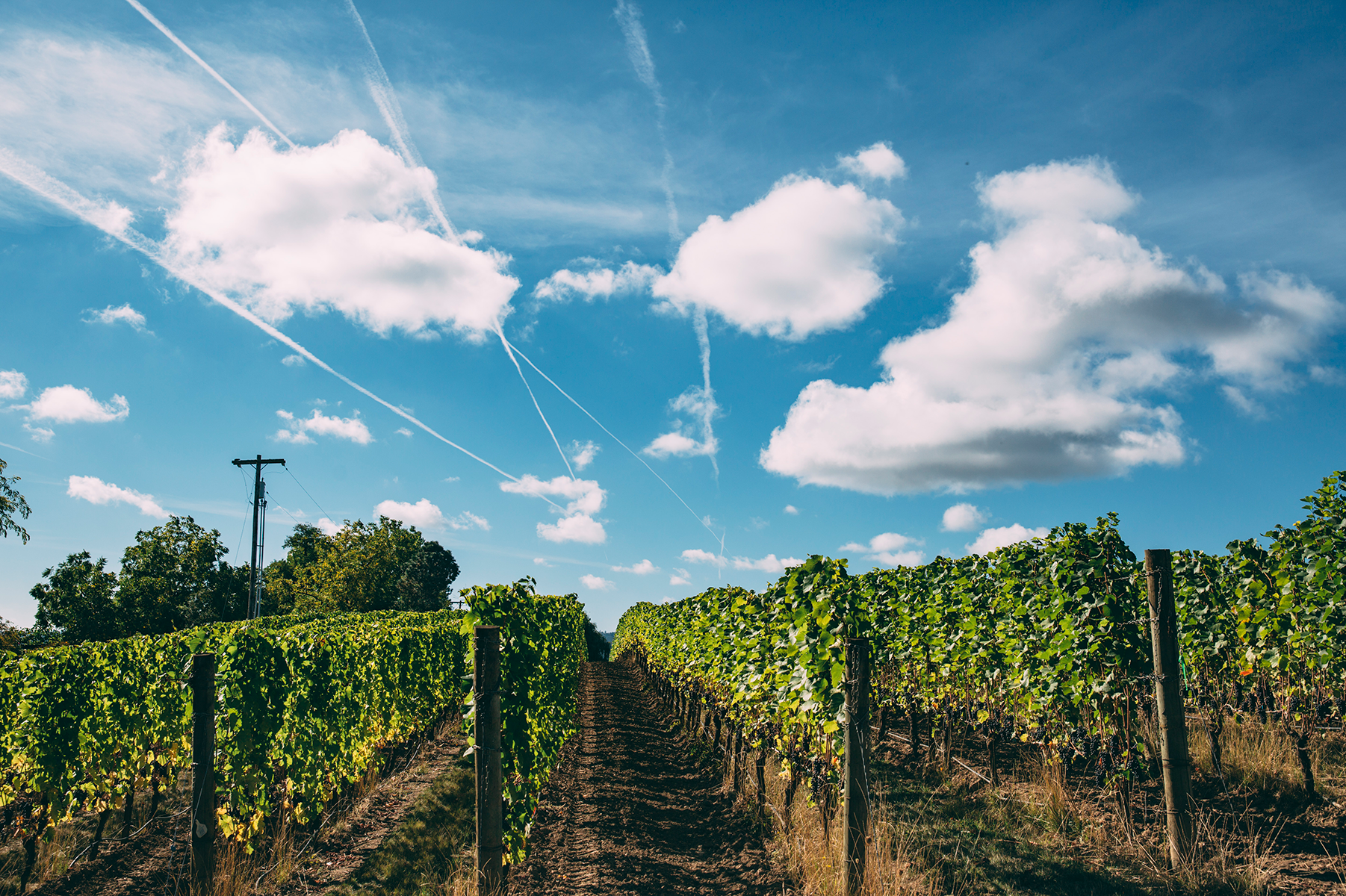-
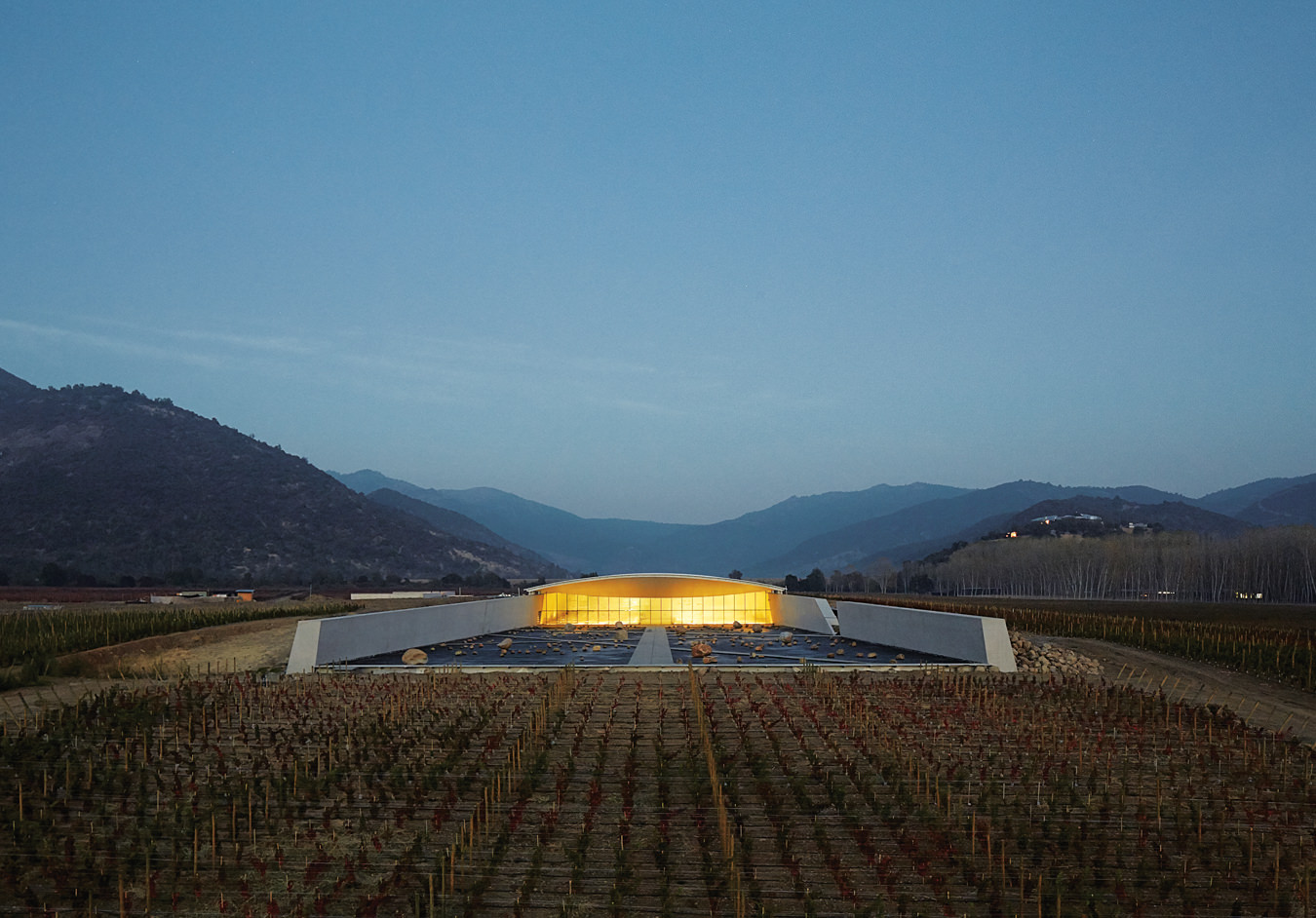
Viña Vik is a vineyard retreat—winery and hotel—located in Chile’s Millahue Valley.
-
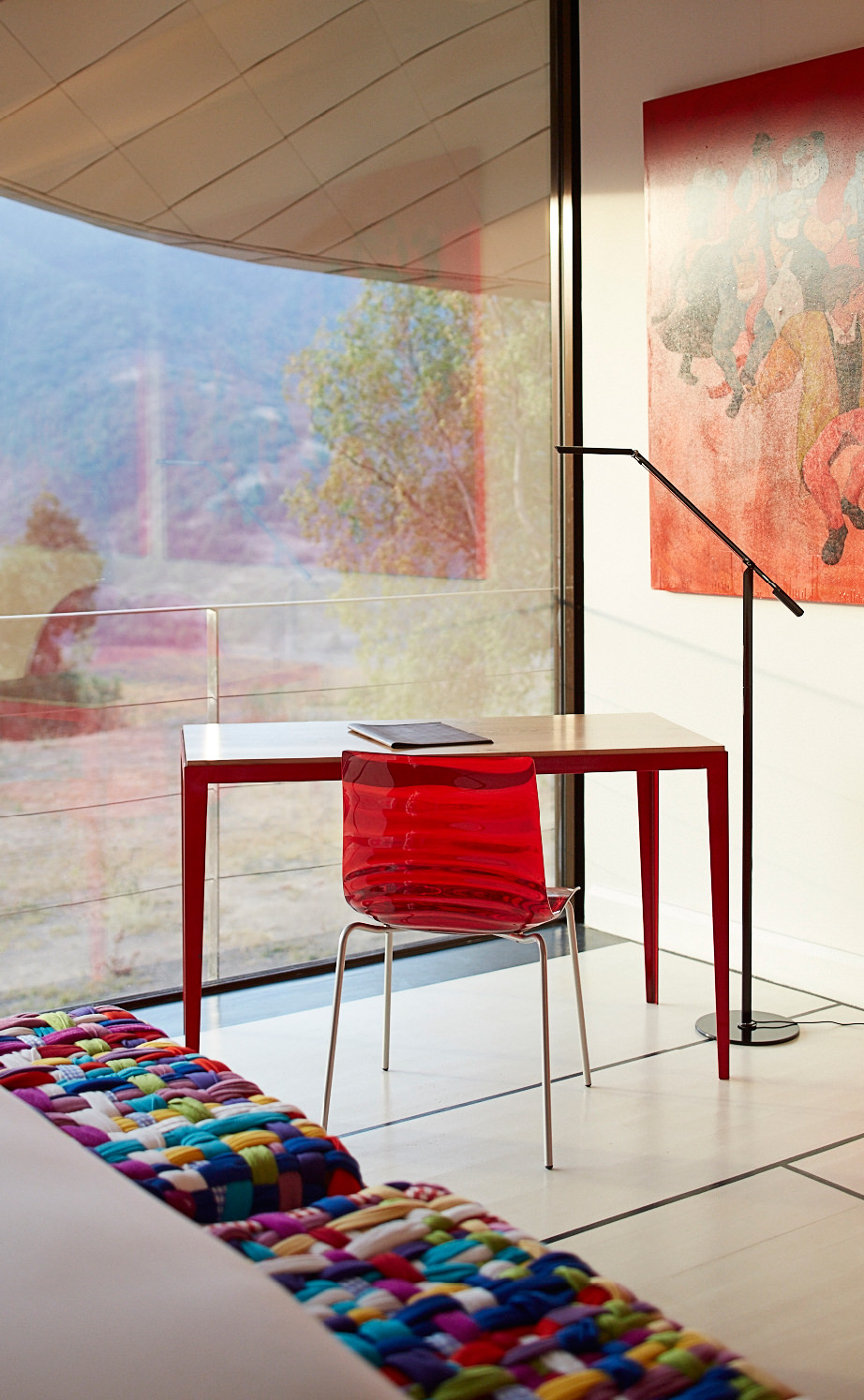
The Valenzuela suite.
-
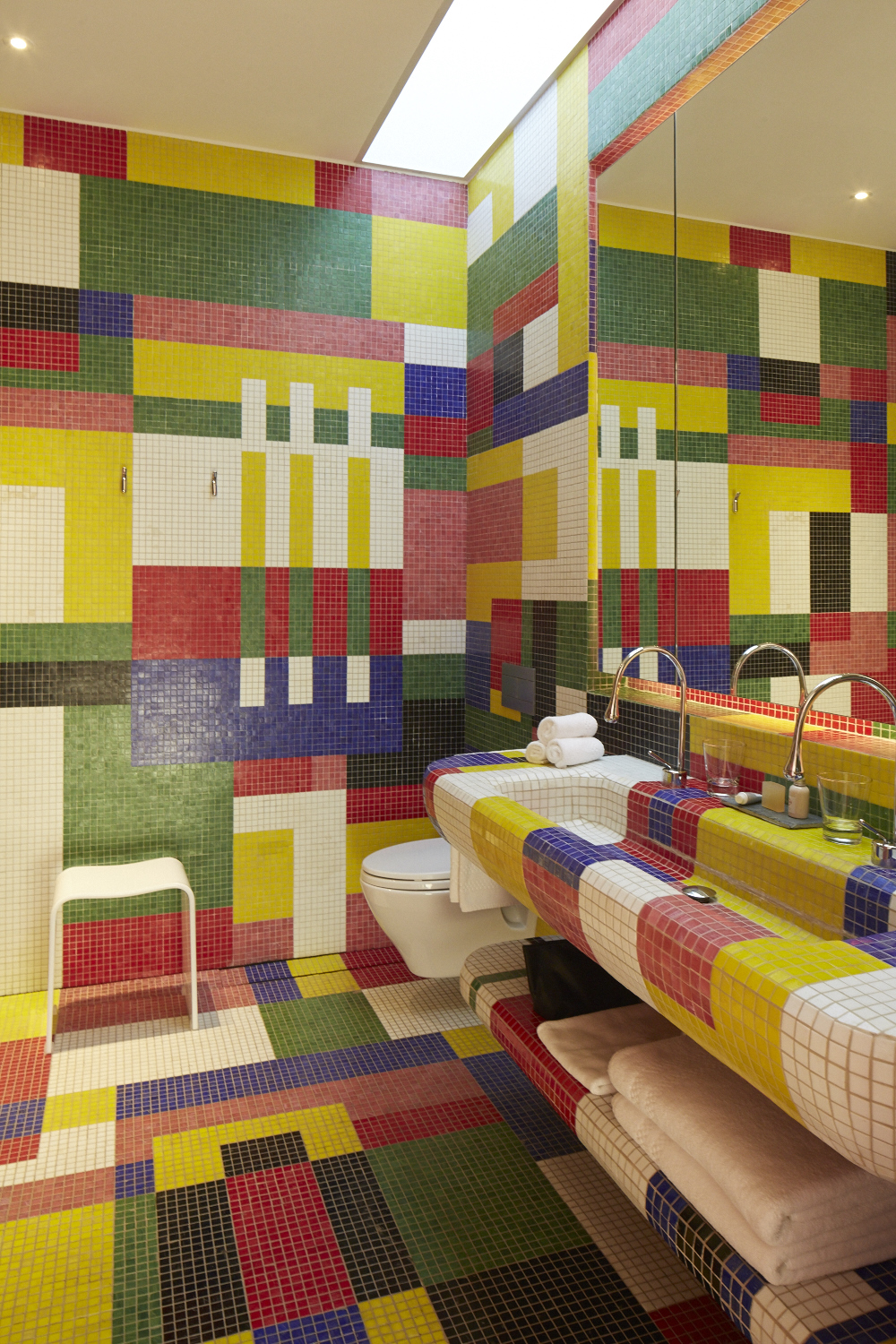
The Valenzuela suite bathroom.
-
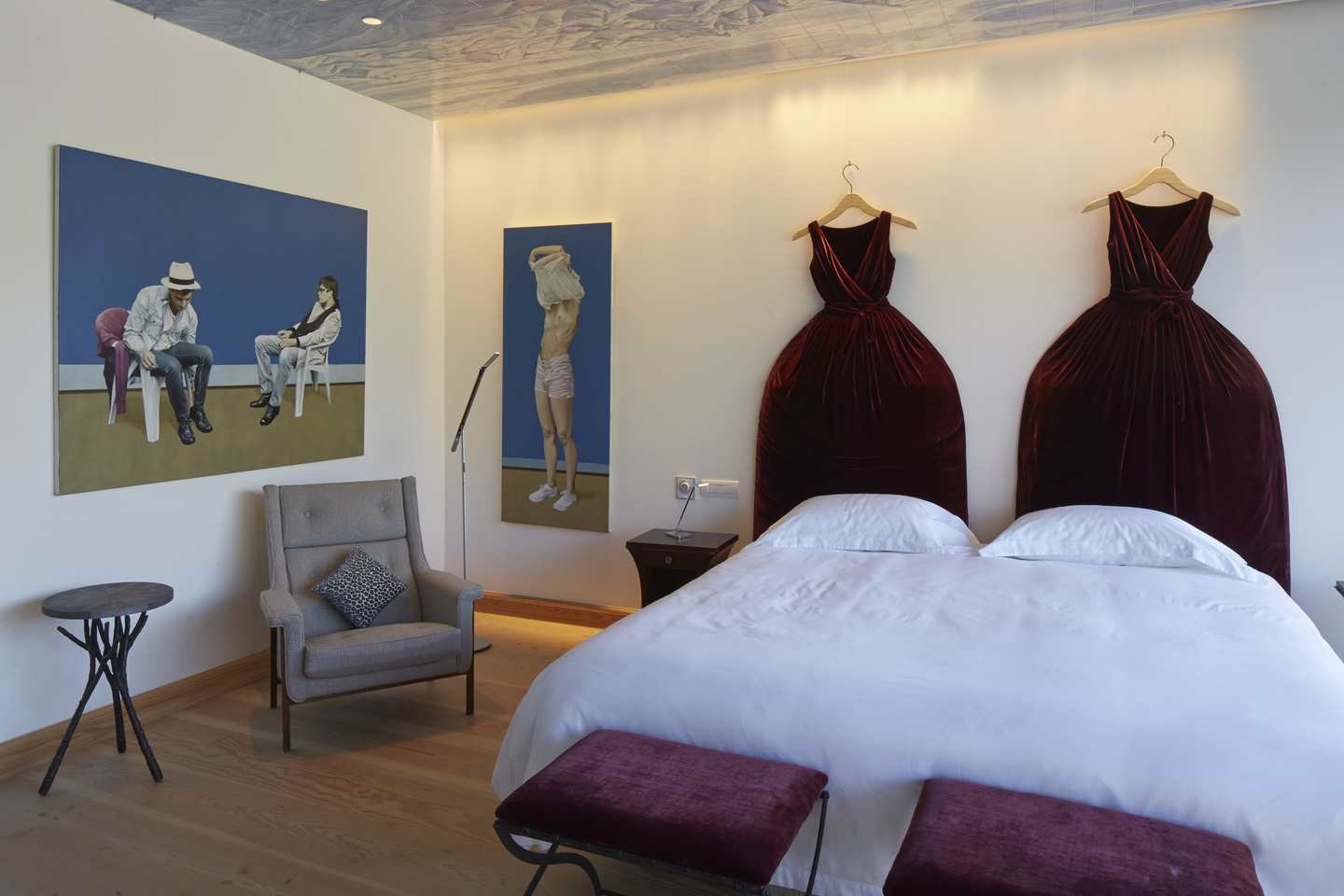
The Azulejo suite.
-
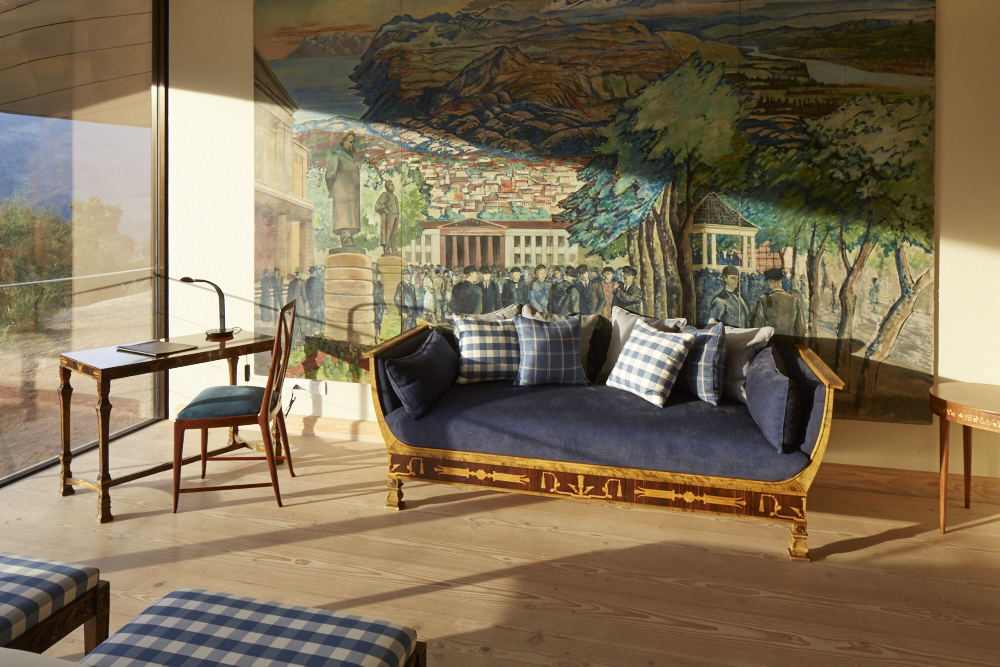
The Norge suite.
-
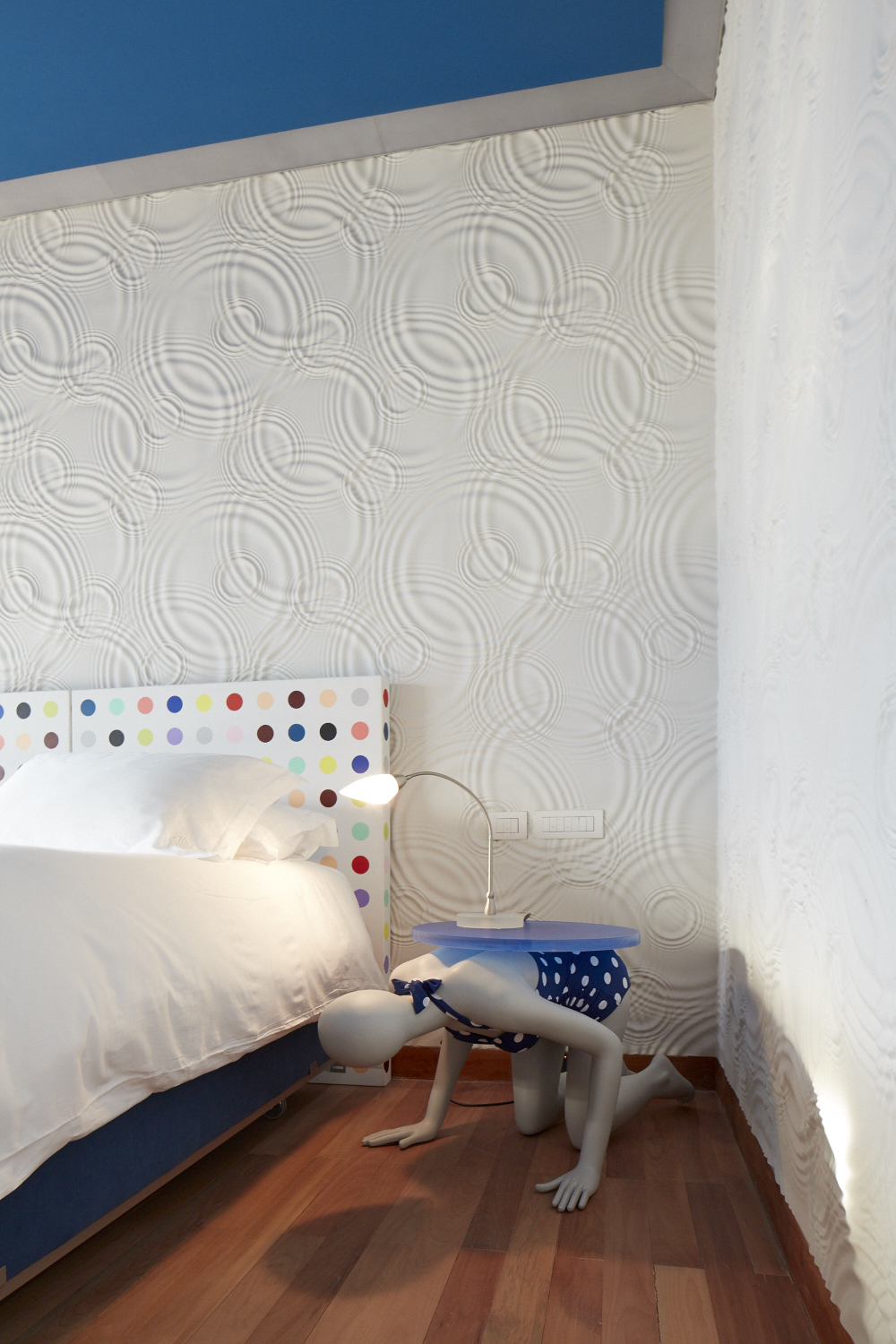
The Redondo suite.
-
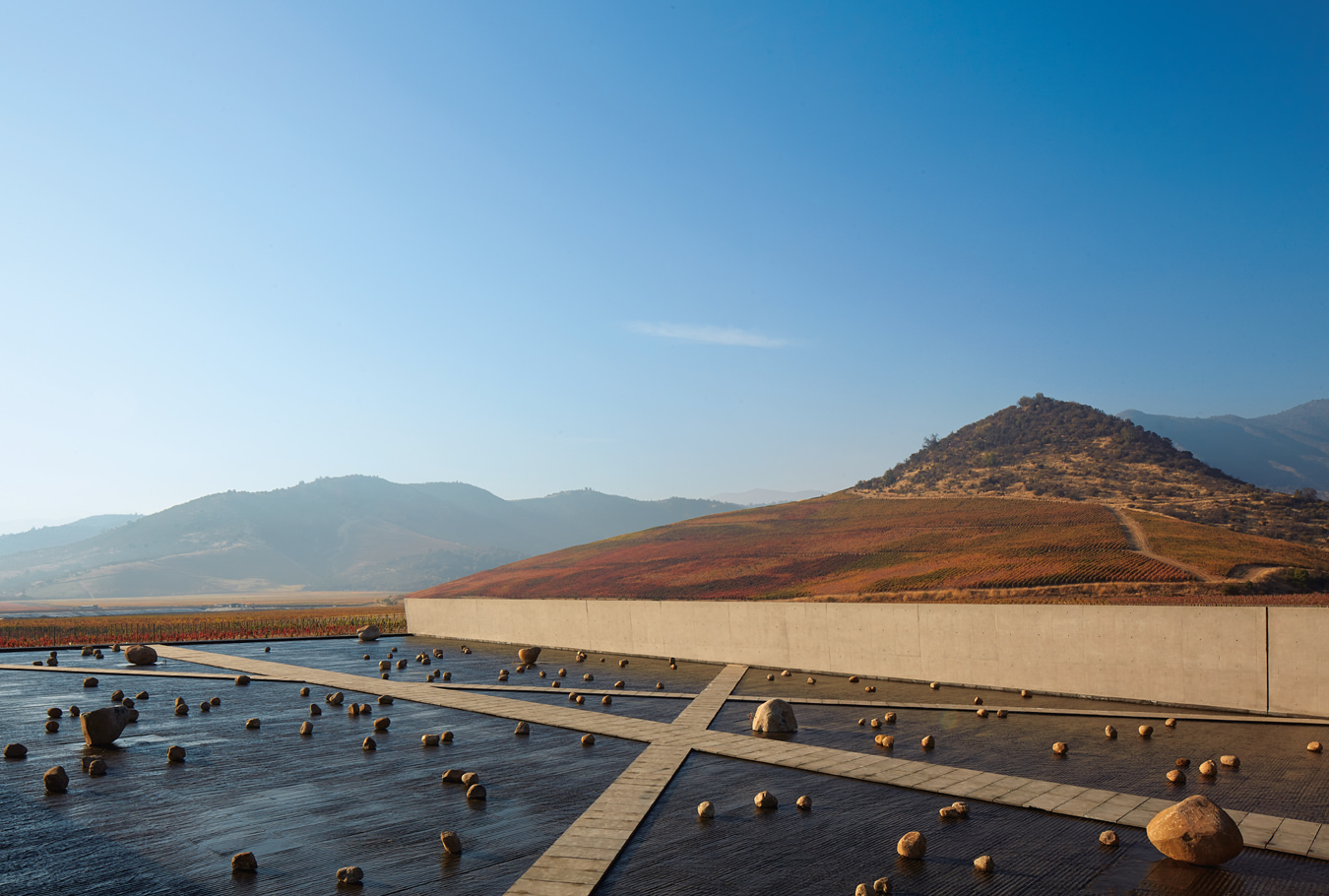
Alexander and Carrie Vik purchased 11,000 acres of undeveloped land in Chile’s Millahue Valley to create a winery where nothing had been before. Their goal? “To enter the great pantheon of wines in the world.”
-
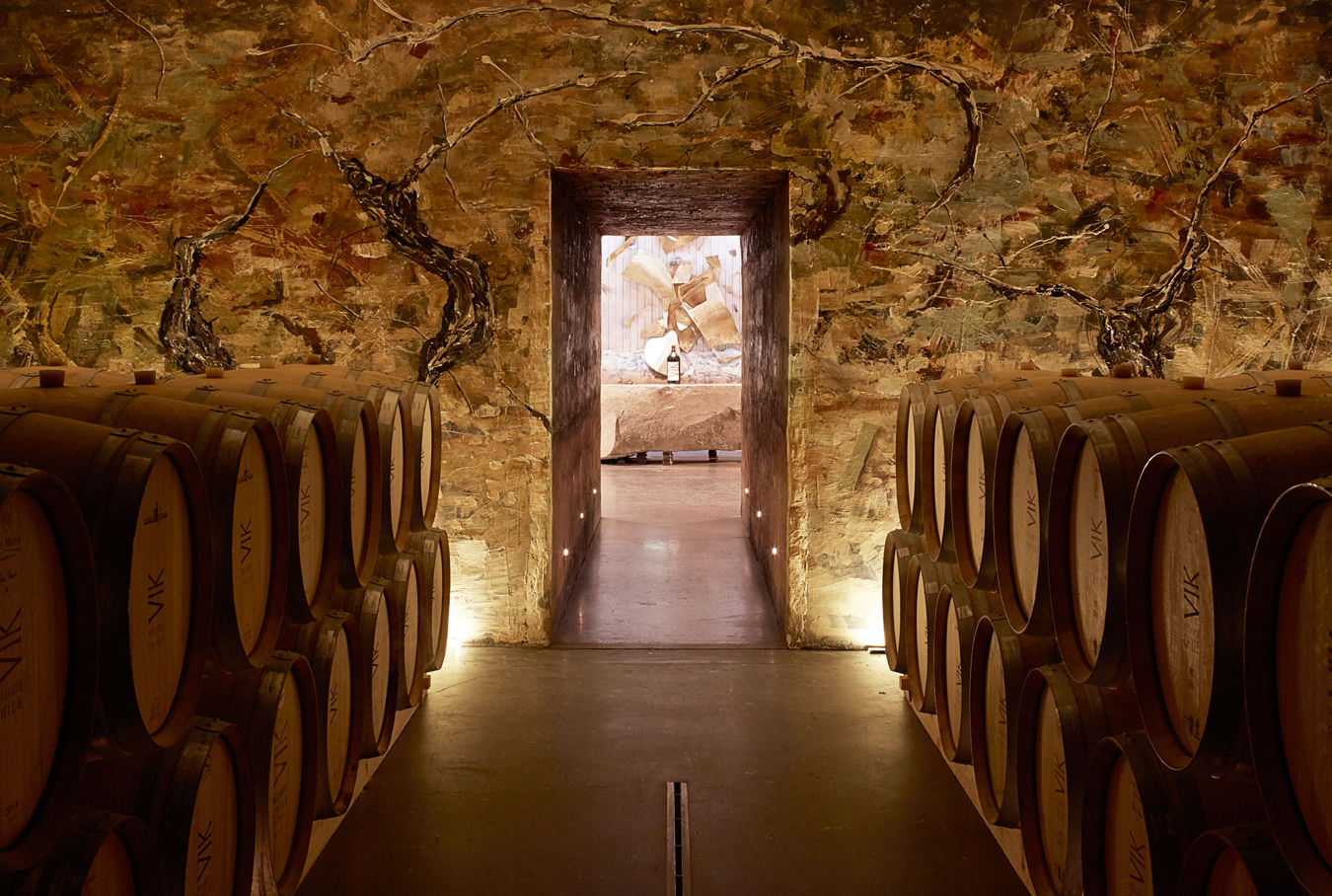
A tasting at the winery is one of the highlights of a visit to Viña Vik.
-
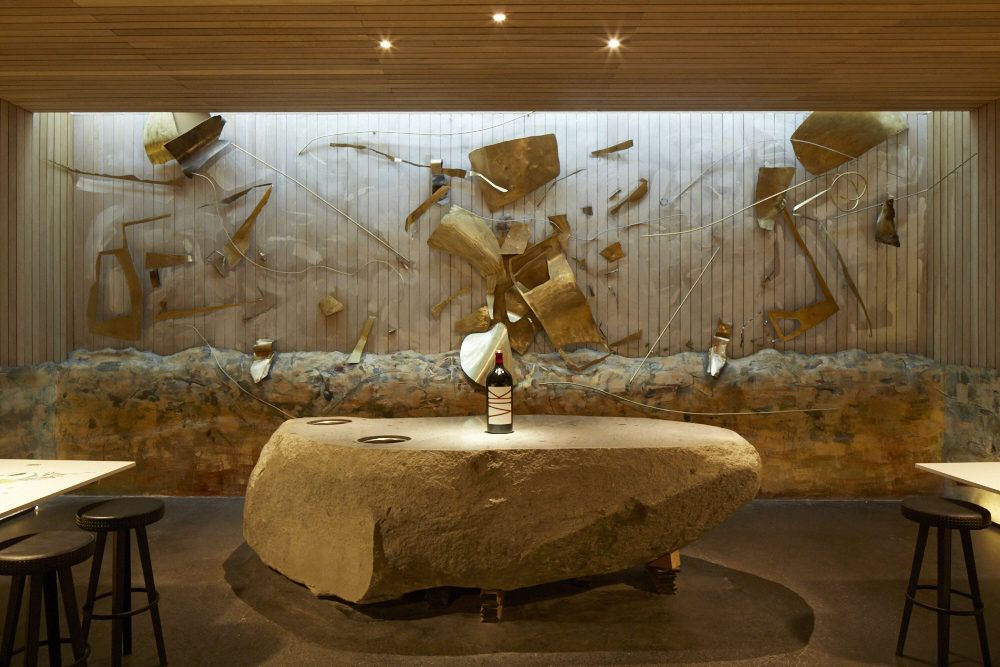
The VIK wine portfolio includes three wines: Milla Cala, VIK, and La Piu Belle. VIK, branded in crimson capital letters, is the premier wine. A red blend—cabernet sauvignon, syrah, carménère, cabernet franc, and merlot—with complex flavours of ripe fruit.
-
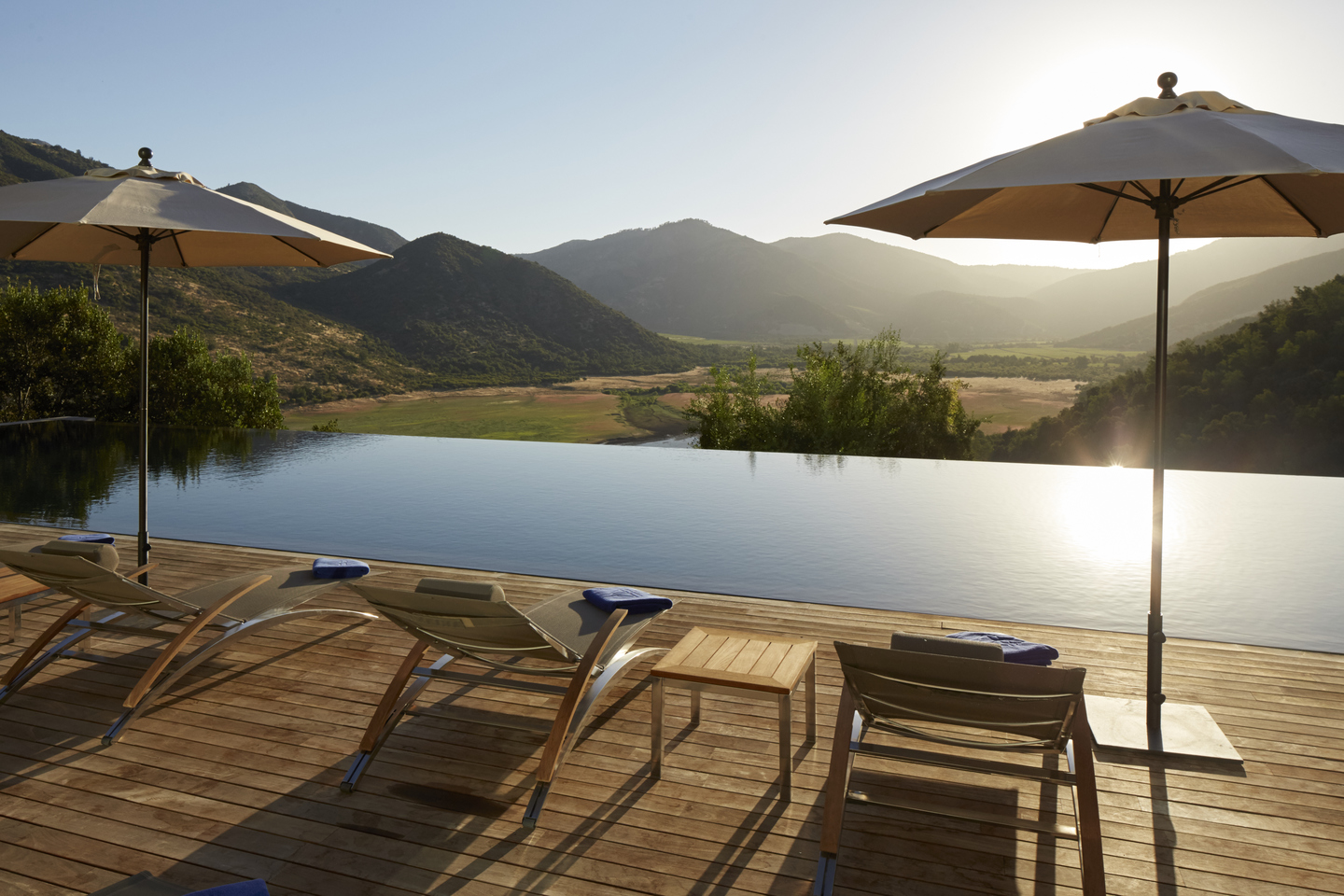
The view from the pool deck at Viña Vik.
Viña Vik, Chile
A vineyard retreat.

Bread and wine—in church, this pair has religious significance. At Viña Vik, a vineyard retreat in Chile, the pair is of sybaritic significance. Viña Vik, located in the Millahue Valley, two-and-a-half hours south of Santiago, is a product of the exacting taste of one man, Alexander Vik, and his wife, Carrie. In 2006, the Norwegian-born, Swedish-raised entrepreneur purchased 11,000 acres of undeveloped land to create a winery where nothing had been before. His goal? “To enter the great pantheon of wines in the world.”
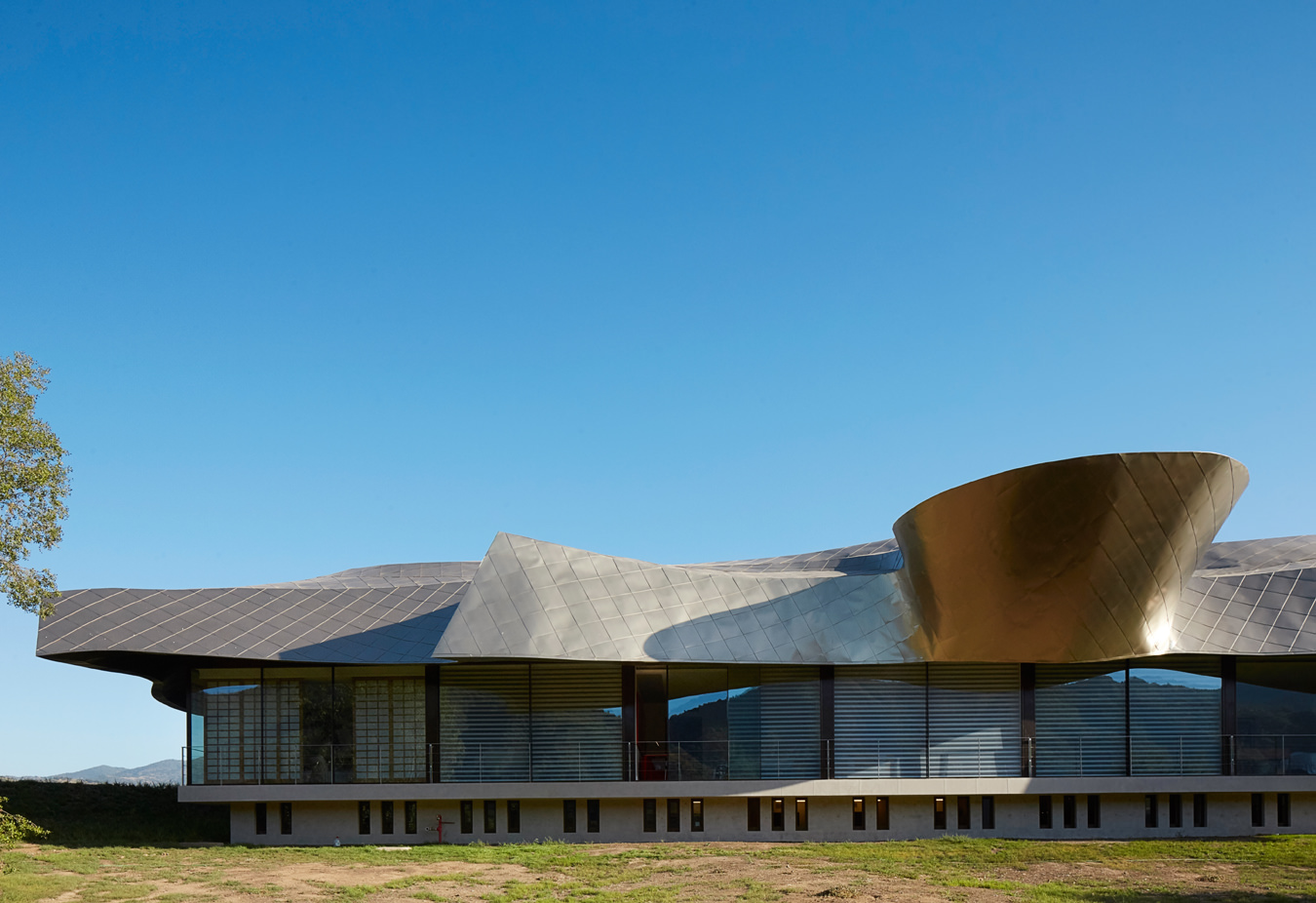
Viña Vik with its undulating titanium roof is a 22-suite hotel perched on a hilltop, with majestic views from each of the distinctive art-filled suites.
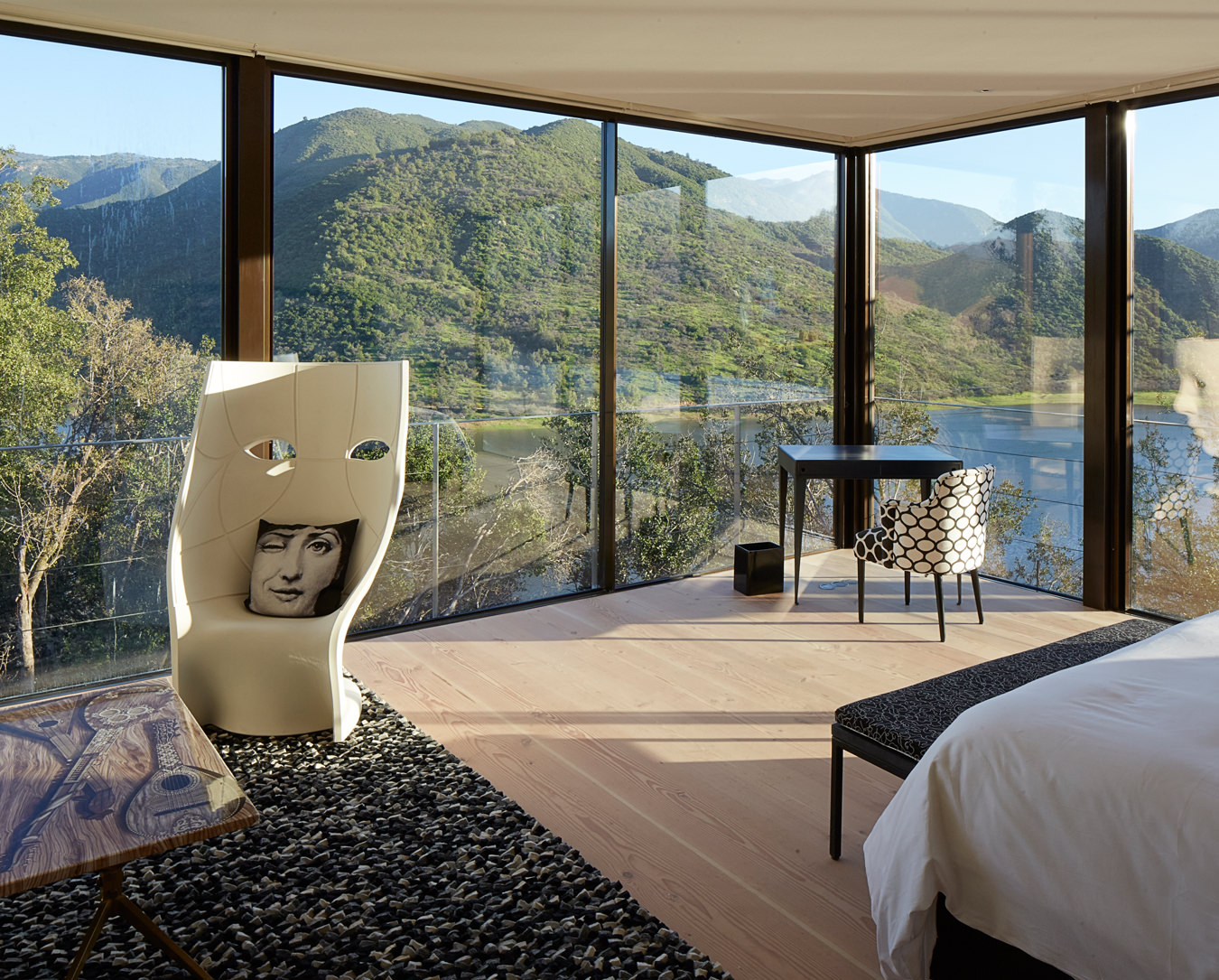
The F suite, dedicated to Fornasetti.
It’s almost impossible to describe the striking beauty of the landscape of Chile’s narrow corridor, with sloping hills, valleys, gorges, and lakes. The setting of Viña Vik—a singular hotel with a winery and vineyard—is rural and remote. But there has been no attempt to make it blend into the landscape; Viña Vik is a commanding structure that demands attention.

The Valenzuela suite.

The Valenzuela suite bathroom.
“I call it our love project,” says the sexagenarian Alex. The design is all about surprise and contemporary culture; the main building is perched on a hilltop. The Viks, along with Uruguayan architect Marcelo Daglio, designed the hotel’s undulating titanium roof, which reflects the valleys and mountains that surround it. There are uninterrupted views from every part of the building, and each of the 22 suites is unique, a world set apart from all others in approach and design. “The concept is like being a guest in our own home, rather than being in a hotel,” says Carrie. There are suites dedicated to Fornasetti and Hermès (the H Suite), while others have site-specific works by local artists. The VIK Master Suite features art by Antonio Seguí and Francisco Uzabeaga plus a carbon fibre–suspended bathtub, while the Azulejo Suite has hand-painted blue-and-white majolica tiles (depicting a bacchanalian feast attended by the Vik family and friends) in the Portuguese tradition. The Shogun Suite is a collaboration with Takeo Hanazawa, a Japanese artist whom the Viks met at Art Basel.
Viña Vik is a commanding structure that demands attention.
As wondrous as the hotel is, it is the consequence of another passion: wine. In 2004, Alex, whose mother is from Uruguay (and where the Viks’ other spare-no-expense retreats are located—beach hotels Playa Vik and Bahia Vik, and ranch Estancia Vik) charged a team with finding the best place in South America to grow red grapes. The search covered multiple sites across Argentina, Uruguay, and Chile over a two-year period before settling on the Millahue Valley, which, perhaps serendipitously, means “place of gold”. Then scientists, led by esteemed French-Chilean oenologist Patrick Valette, analyzed elements of the terroir to determine the best places to plant each varietal that makes up a Bordeaux-style blend. Researchers extracted 4,000 soil samples to determine the ideal locations and microclimates for planting cabernet sauvignon, syrah, carménère, cabernet franc, and merlot, which translated into 12 different micro valleys, each with varying types of soil. For each plot, a rootstock was mapped, then the grape varieties, then the clones of each variety. The Viks put in the first vines in 2006; they produced their debut vintage VIK in 2009. “This has been an overly ambitious project,” says Alex. “Most people buy a vineyard that has been existing for 50 or 100 years. This undertaking has been scientific and methodical to achieve results.” There is no other project of this scale or ambition in South America: the sheer acreage, viticulture, depth, architecture, and financial shoulders.

The Azulejo suite.
In 2007, Valette was joined by fellow Chilean Cristián Vallejo. “To think that all of this was surveyed on horseback,” says Vallejo as I’m bouncing around in the front seat of a four-by-four as he is expertly navigating along a gravel road through the vineyards. “Climate will give you the answer to which grapes to use. The soil will give you the answer to which rootstock to use,” says the chief winemaker. Stopping at El Ajial, a lookout point in the vineyard, it’s incredible what has been accomplished in what are still the teenage years of Viña Vik. Gazing out, the folded mountains encase the meticulously kept vineyards carpeting the ground and hillsides. In the distance, the snow-capped Andes jaggedly punch up into the sky. Nature’s orchestra is in full chorus.

The Norge suite.
Roughly two-thirds of the harvest is sold to other wineries, while the grapes that go into VIK wines are hand-harvested at night. “Picking at night, when it’s around 10°C, requires no cooling mechanism,” explains Vallejo. “If the grapes are cool when crushed, the juice comes out right away, with no bruising. Less stress on the grape, better extraction of the juice.” The VIK wine portfolio includes three wines. Milla Cala, the entry-level bottle, is meant to be easy to drink and enjoyable. VIK, branded in crimson capital letters, is the premier wine. The VIK 2011 is a delicious red blend combining the five different grapes grown on the property, with complex flavours of ripe fruit. On entry, a sturdy tannin structure frames flavours of plum and cherry and continues on in the long finish. For Old World palates, it’s a familiar taste but one that is distinct enough to be exciting. La Piu Belle, which debuts this fall, is made from the Vik lots that don’t fit with VIK, but the wine is “not the young brother of VIK,” says Vallejo. It’s its own thing. With round, soft volume in the middle mouth, this is a wine that offers floral aromas with precise tannins. La Piu Belle comes in a bottle with a distinctive surrealist label created by Gonzalo Cienfuegos. “Our style is Chilean,” asserts Vallejo, “but with elegance. We want everyone to drink the bottle, not just a glass.”
“We want everyone to drink the bottle, not just a glass.”
VIK Winery, which was designed by Smiljan Radić, is built mostly underground, with just its white roof visible above the valley floor. At its entrance is a vast, moving-water reflection pool flecked with a granite boulder installation by Radić and his wife, Marcela Correa.

Alexander and Carrie Vik purchased 11,000 acres of undeveloped land in Chile’s Millahue Valley to create a winery where nothing had been before. Their goal? “To enter the great pantheon of wines in the world.”
Convention is not what the Viks are going for here in Millahue—not with the wine they produce, and not with the hotel experience they have designed. Guests are welcomed in the open-format living room with floor-to-ceiling glass walls. An antique snooker table dominates the space, flanked on one side by two large canvases by Roberto Matta and on the other by a monumental lead diptych from Anselm Kiefer’s The Secret Life of Plants series, surrounded by contemporary furniture of varied style.
Chef Rodrigo Acuña Bravo (who at one point worked at Kingsbrae Arms in Saint Andrews, New Brunswick) is an enthusiast of regional cooking and prepares seasonal dishes to accompany the Viks’ red blends; the bread with its crunchy crust and honeycomb inside is so good—pace yourself. A tasting at the winery is one of the highlights of a visit to Viña Vik, where Valejo will discourse in detail on the elements of the wine, which is aged in new French-oak casks. The other things to do on the property besides lounging by the cantilevered slate pool are hiking, biking, and horseback riding. The spa offers a simple menu of massage and facial vinotherapy treatments using products incorporating VIK grapes.

The VIK wine portfolio includes three wines: Milla Cala, VIK, and La Piu Belle. VIK, branded in crimson capital letters, is the premier wine. A red blend—cabernet sauvignon, syrah, carménère, cabernet franc, and merlot—with complex flavours of ripe fruit.
The Viks have made something of a name for themselves with this sort of iconoclastic take on hospitality, marrying stunning natural beauty with adventurous architecture and art. As the world gets smaller and larger crowds flock to the planet’s great sites, unadulterated escapes like this allow us to more deeply connect with our surroundings. Wine is the expression of the place. Bread is the expression of life. Break bread and drink wine at Viña Vik.
_________
Never miss a story. Sign up for NUVO’s weekly newsletter, here.





